Federal Child Pornography charges
| North Dakota & Minnesota |
Criminal charges related to the exploitation of children, including child pornography (now often referred to as child sexual abuse materials or CSAM), are among the most sensitive and deeply troubling areas of the law. The mere mention of child pornography invokes strong emotions and moral outrage in our society.
However, as “dyed-in-the-wool” criminal defense attorneys, we firmly believe in upholding the fundamental principles upon which our legal system is built: the presumption of innocence and the right to a vigorous defense.
Regardless of the nature of the allegations, we work to ensure that every individual accused of a federal child pornography offense receives a zealous and unwavering defense that safeguards their constitutional rights. Our mission is to provide the legal expertise, compassion, and support needed to navigate these challenging cases, while also upholding the principles of justice and due process that are the bedrock of our legal system.
Federal Statutes Relating to Child Pornography
There are several statutes in the federal criminal code that relate to the possession, receipt, and production of child sexual abuse materials or CSAM. This includes:
18 U.S.C. § 2251 - Sexual exploitation of children (production of child pornography)
18 U.S.C. § 2251A - Selling and buying of children
18 U.S.C. § 2252 - Activities relating to material involving the sexual exploitation of minors (possession, distribution, and receipt of child pornography)
18 U.S.C. § 2252A - Activities relating to material constituting or containing child pornography
18 U.S.C. § 2260 - Production of sexually explicit depictions of a minor for importation into the United States
The federal government defines child pornography or CSAM as any visual depiction of sexually explicit conduct involving a minor—someone under 18 years of age.
This can include photographs, videos, digital or even AI generated images that are indistinguishable from an actual minor. It can also include images created, adapted, or modified, but appear to depict an identifiable, actual minor.
You’ll notice the legal definition of “sexually explicit” does not require that the image depicts a child engaging in actual sexual activity. A picture of a naked child may constitute illegal child pornography if it is sufficiently sexually suggestive. Additionally, the age of consent for sexual activity in a given state is irrelevant; any depiction of a minor under the age of 18 that could be construed as sexually explicit conduct is illegal.
This has important ramifications in the digital age for any minor who is voluntarily sending or receiving nude pictures. It doesn’t matter if you and your boyfriend/girlfriend are both 16 years old and you consensually sent each other nude pictures, you both could still be guilty of creating and possessing child pornography.
You can also be charged under the federal child pornography statute by attempting to persuade, induce, entice, or coerce a minor to engage in sexually explicit conduct for purposes of producing visual images. Lastly, if you have attempted to commit a child pornography offense, you may also be subject to prosecution under federal law.
What You Need to Know About Federal possession of Child Pornography
In federal court, to prove someone is guilty of possessing child sexual abuse images (child pornography), the prosecution must establish several elements beyond a reasonable doubt. The specific elements can vary depending on the federal statute being charged, but they generally include:
Possession: The prosecution must demonstrate that the defendant knowingly and intentionally possessed child pornography. Possession can be actual (physically having the images) or constructive (having control or access to them).
Child Depiction: The images or material in question must depict minors (under 18 years of age) engaged in sexually explicit conduct. This is a crucial element, as child pornography laws are intended to protect minors from exploitation.
Explicit or Sexually Explicit Content: The images or material must contain sexually explicit content. The legal definition of "sexually explicit" can vary but often involves any visual depiction that involves sexual activity, genitalia, or other explicit content.
Knowing Possession: The defendant must have knowingly possessed the images or material, meaning they were aware of the nature of the content.
Interstate or Foreign Commerce: Federal jurisdiction often arises when the images have crossed state or international lines. This can include downloading, sharing, or distributing such material over the internet.
Control Over the Material: The defendant must have had control over the material, whether it's in physical or digital form. This can include physical possession of a printed image or having it stored on a computer or other electronic device.
Criminal Intent: In some cases, the prosecution may need to prove criminal intent, meaning that the defendant had the desire to possess the child pornography for unlawful purposes.
What's The Difference Between a State CSAM charge and a Federal Child Pornography Charge?
Federal jurisdiction is applied if the child pornography offense occurred in interstate or foreign commerce. However, in the case of child sex imagery, federal jurisdiction is almost always applied if the internet was used to commit a violation.
Even if the child pornography image itself did not travel across state or international borders, federal law may be implicated if the materials, such as the computer or mobile phone used to download the image originated or previously traveled in interstate or foreign commerce.
This is similar to how federal jurisdiction can be applied to the illegal possession of a firearm. Unless all parts of firearm, or in this case your computer, are manufactured and assembled in the state you reside in, federal jurisdiction can be—and almost always is—implicated.
can you be charged with possession of Child Pornography in both State and Federal Court?
The short answer is yes, you can be charged in both state and federal court for the same conduct. Usually, however, the federal government gets involved in cases involving the distribution of child pornography across state lines or internationally, as well as cases involving large-scale production or organized child pornography rings. State laws typically handle cases involving the smaller amount of possession of child pornography within a particular state.
However, in the jurisdiction of North Dakota, investigations involving child pornography are frequently handed over to federal agencies to prosecute. So while your case may start in state court, often it gets moved to federal court.
Federal Child Pornography Penalties
Federal child pornography charges are some of the most serious anyone can face.
Sentencing guidelines for these charges are complex, the penalties can differ widely based on a number of factors, and no two cases are ever exactly the same.
Nearly all federal child pornography charges will include something called a mandatory minimum sentence, meaning that a convicted individual must serve at least the minimum prison term as stated in the guidelines.
These mandatory minimum sentences are established by Congress when they pass federal laws, and they are intended to ensure that individuals convicted of certain serious offenses receive a minimum punishment, regardless of other factors or circumstances.
It’s important that you call us right away to discuss in person the specifics of your case. With our extensive experience in defending federal criminal cases, we aim to provide you with a clear understanding of the potential penalties you are facing. To achieve this, here's a general outline of what you can expect.
A first-time offender convicted of producing child pornography under 18 U.S.C. § 2251 face fines and a statutory minimum of 15 years and a maximum of 30 years in prison.
A first-time offender convicted under 18 U.S.C. § 2252 - possession, distribution and receipt of child pornography, faces fines and a mandatory minimum of 5 years and a maximum of 20 years in prison.
These penalties increase—and could include up to life in prison—if the individual has a previous child sexual exploitation conviction.
It is considered an aggravating factor if the images were violent, sadistic, or masochistic in nature. The presence of such “aggravating factors” can increase penalties significantly.
Schedule a free consultation
Email: assistant@ringstromdekrey.com
Tel: 218-284-0484
730 Center Ave #202
Moorhead, MN 56560

